September, Early Spring Seasonal Flowers
Published: Tuesday 20 April 2021
Spring has hit Sydney, the weather is warming up and the cold winter months are giving way to longer stretches of warmer weather.
With each new season, a new range of flowers come into bloom. We've compiled 10 beautiful flower types that come into season in early Spring/September that aren't available year-round.
And what's more, for a twist we've included details around each variety as a growing flower rather than a cut flower - why not put yourself in the shoes of a flower grower and see how you go? Nothing more rewarding than seeing the fruits of your labour (but I've got to say, the opposite is true too - it can be sooo frustrating when they don't grow as they should!) Have fun!
Rhododendron
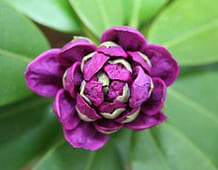
The flowers are usually tubular-, funnel-, or bell-shaped—and often fragrant. The leaves for the smaller azalea are usually pointed and narrow; the leaves of the rhododendron are generally large and leathery. Common colours include red, pink, purple, yellow and white.
Waratahs
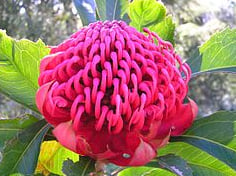
The waratah is a large shrub or small tree that grows about 6m tall and produces large, showy bright red or pink flower heads, comprised of 10-240 individual flowers. Flower size can range from 6-15 cm. Leaves are oblong in shape and dark green in colour.
Ranunculus
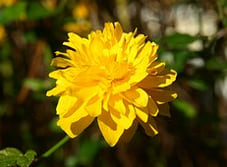
The foliage of Ranunculus species and cultivars varies markedly, though glossy, leathery, deeply cut and divided leaves predominate. The wild species usually have simple 5-petalled flowers, usually in yellow or red, and borne singly through spring and summer. Cultivated forms occur in many colors, such as white, pink, and orange, and often have fully double flowers.
Poppies
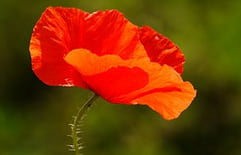
Poppies are herbaceous plants, often grown for their colorful flowers. Poppies are herbaceous plants, often grown for their colorful flowers. Poppies are a diverse group of plants, with around 180 species. The major category is the true poppies, Papaver. They have been extensively cultivated for a variety of agricultural and other purposes. Poppies are herbaceous annual, biennial or short-lived perennial plants that can be tall in height or short and garden types which grow from 3-30 centimeters high. The leaves are mostly glaucous green but some species show varying shades of red in different light.
Pieris
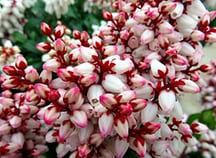
Pieris, also known as lily of the valley shrub, is a charming and versatile plant for the cooler districts of Australia. There are many different varieties of pieris around with different combinations of flower and leaf colour. Some have variegated leaves while others have lovely, soft, pinky-red foliage.
Field Freesias
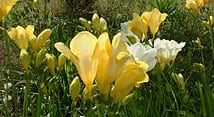
Freesias are an easy fragrant plant to grow and one that naturalises happily in gardens (indeed they can spread along roadsides and the edge of bushland).
Cymbidium Orchids
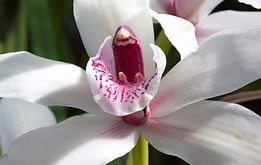
Cymbidium orchids are by far the most popular orchids to be grown in Southern Australia and in most cooler climates around the world. Renown for their ease of care, hardiness, beauty and exotic mystique, they make a perfect gift.
Sweet Pea
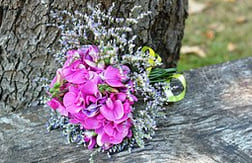
Sweet pea is a flowering plant in the genus Lathyrus in the family Fabaceae (legumes), native to Sicily, southern Italy and the Aegean Islands. It is an annual climbing plant, growing to a height of 1-2 metres, where suitable support is available. The leaves are pinnate with two leaflets and a terminal tendril, which twines around supporting plants and structures, helping the sweet pea to climb.
Blossom
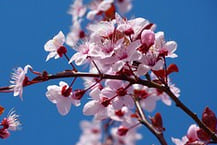
Flowers of stone fruit trees (genus Prunus) and of some other plants with a similar appearance that flower profusely for a period of time in spring. Colloquially flowers of orange are referred to as such as well. Peach blossoms (including nectarine), most cherry blossoms, and some almond blossoms are usually pink.
Jasmine
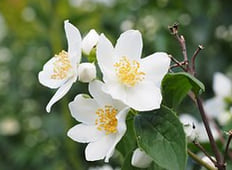
Jasminum species have simple pinnate or trifoliate leaves that encompass a range of textures. Appearing in clusters at the branch tips and leaf axils, the usually white, white flushed with pink, or yellow tubular flowers have 5 widely flared lobes. Though jasmine is synonymous with beautiful fragrance, there are a number of species that have little or no perfume.